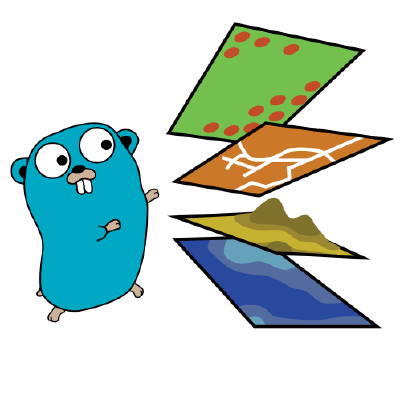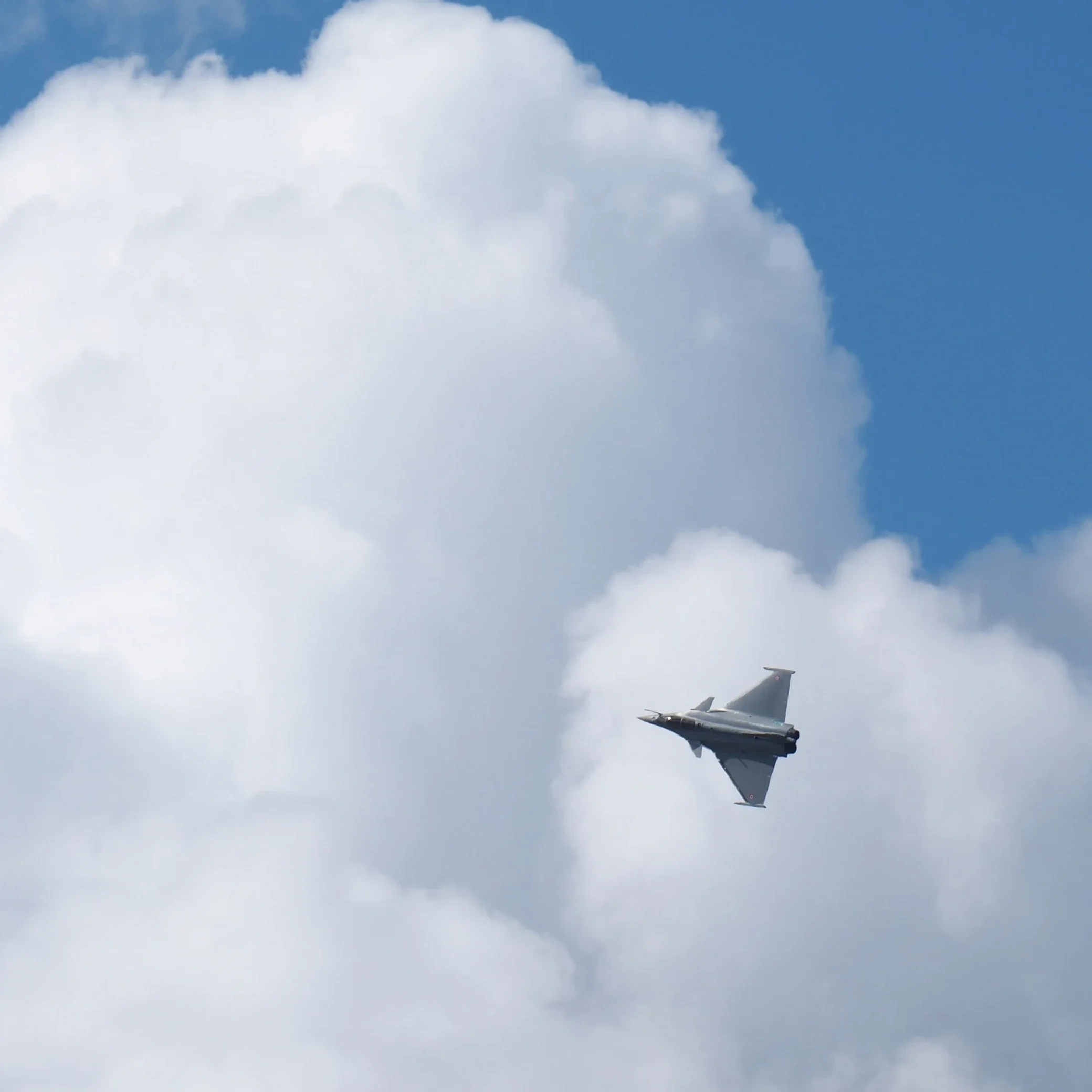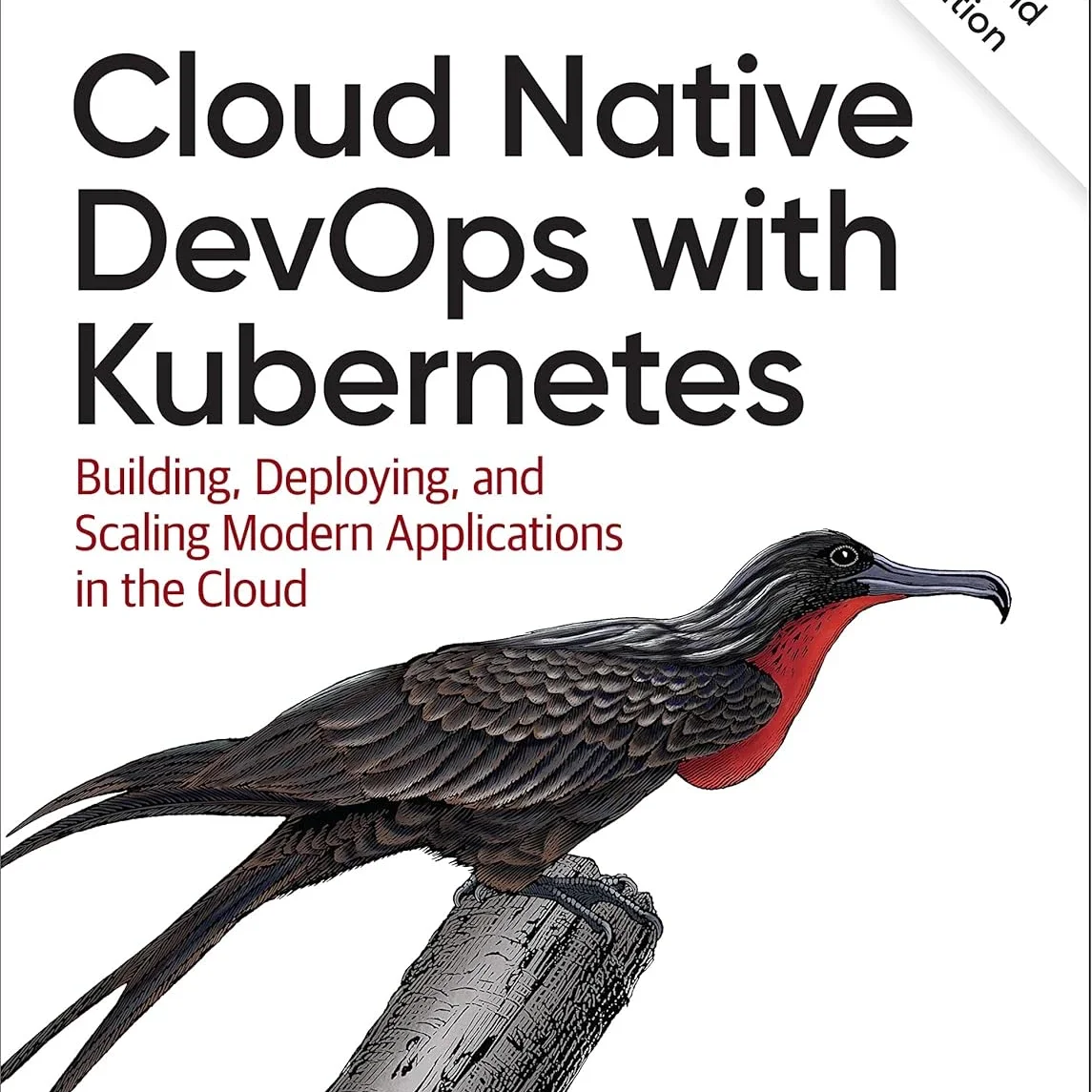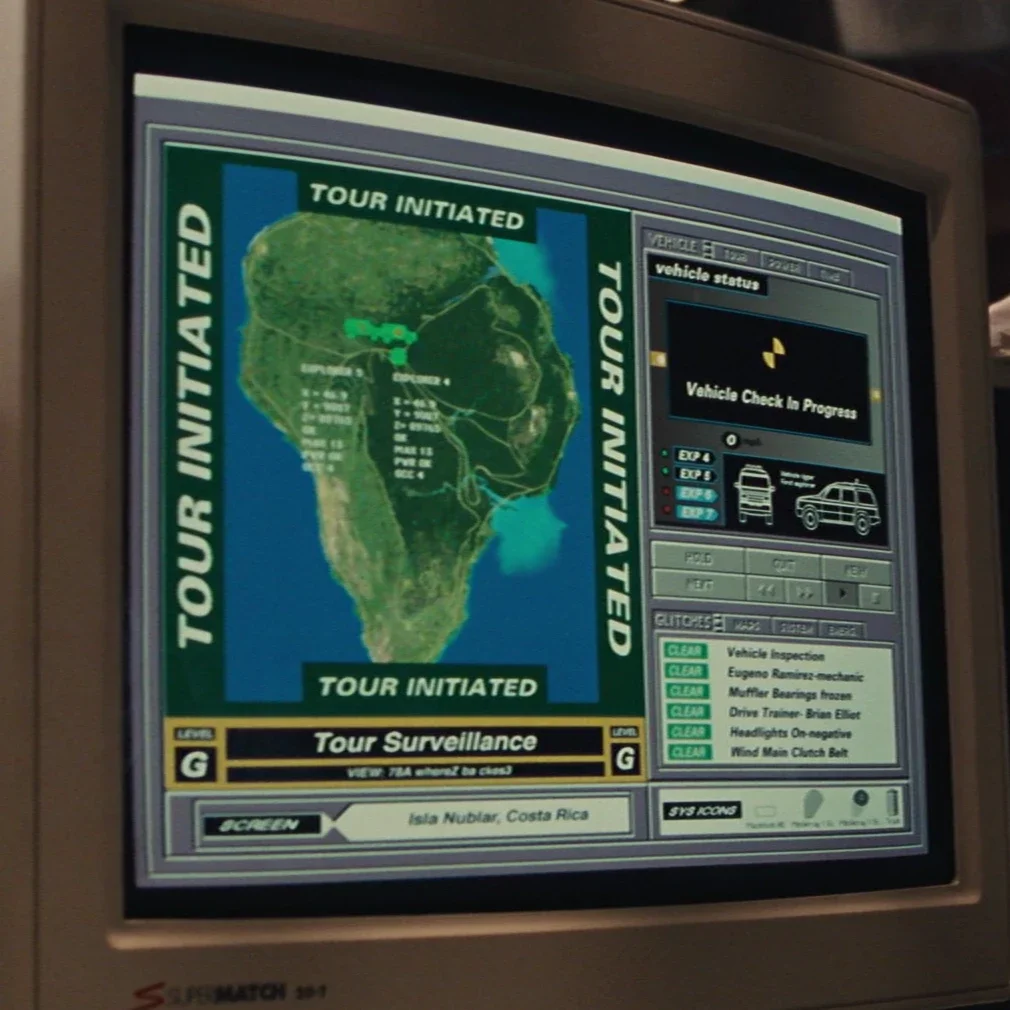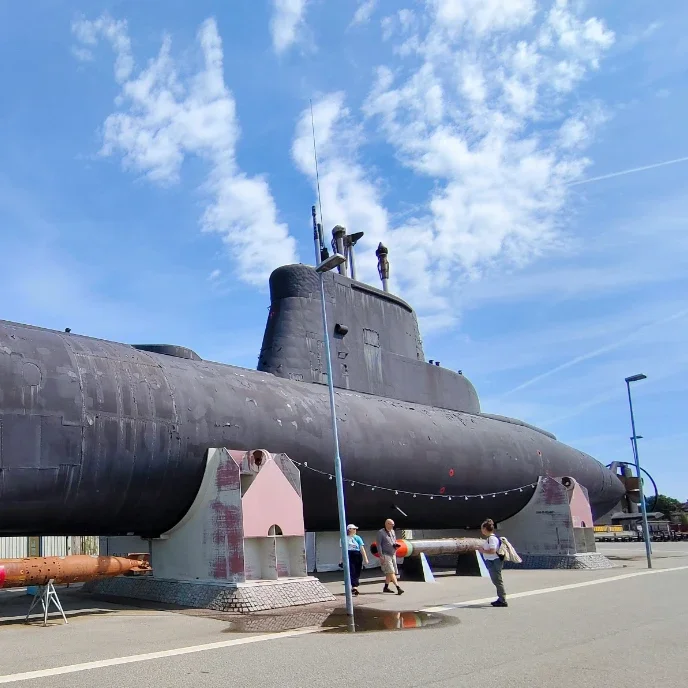What happens if you look up a key in a Go map that doesn’t exist? How do you check if a key is present in a map? How do you represent a set of objects as a map in Golang, and efficiently check whether a given value is in the set?
Storing and retrieving map values
More about Golang maps: looking up keys, adding and updating values, and how to update the fields of a struct within a map. This mini-tutorial is part of a series on everything you need to know about maps in Go!
Map types in Golang
What map types exist in Go? What data types can we use as map keys? What about map values? Are different kinds of maps considered distinct types? And what’s the difference between nil and empty maps? Find out in this handy, bite-size tutorial on map types in Golang.
What is Kubernetes?
A simple introduction to Kubernetes, from eggs to the Borg, via a blue-green canary. Hold tight.
Go maps: declaring and initializing
What is a Golang map? Why is it useful? How does it compare to a slice? How do you declare a map? How do you initialize a map in Go? Fear not, all these questions are answered in this friendly introduction to one of Go’s most powerful features.
What's new, Kubernetes?
Cloud Native DevOps with Kubernetes has been out for a while, and though much has changed in the Kubernetes landscape, a lot is also the same.
Building a Golang Docker image
Let's build a Docker container with Golang! It sounds complicated, but it really isn't. All you need are a few tools, a couple of simple commands, and ideally some cake. (The cake isn't strictly necessary, but coding is hungry work.)
The dawn of DevOps
The authors of Cloud Native DevOps with Kubernetes, John Arundel and Justin Domingus, explain the past, present, and future of the DevOps movement.
Got game? Secrets of great incident management
When his phone wakes him at two in the morning, operations engineer Andy Pearson knows it’s bad news. The next sixteen minutes are going to get intense.
“Just a big ol' cloud of compute”
How enterprises can use Kubernetes as a platform to power improved DevOps, and make cloud migration more process-oriented and straightforward.
What “uptime” even means anymore
If you’re focused on traditional uptime numbers, you’re missing the point: “nines” don't matter if users aren't happy.
“Cloud Native DevOps with Kubernetes” is out now
In this friendly, pragmatic book, Kubernetes consultant John Arundel and cloud expert Justin Domingus show you what Kubernetes can do—and what you can do with it.
Does your company have the DevOps nature?
“When you’re working in a DevOps environment, every day is exciting and challenging.” ActiveState’s Phil Whelan takes a deep dive into DevOps with industry expert John Arundel.
The elusiveness of DevOps
DevOps is more than inter-departmental hugging, feedback loops, and automated testing. ActiveState asks John Arundel why it’s so hard to get people to agree on what DevOps means.
Go training with John Arundel of Bitfield Consulting
Get friendly, professional, one-to-one remote mentoring in Go with experienced trainer John Arundel. Absolute beginner? No problem. John will get you up and running. Some Go background, but looking to level up your skills? Don’t worry, we’ve got this!
Are you looking for trouble?
A good sysadmin is a good detective. You should make time as part of your job to pick on a machine every so often and examine it forensically, like a crime scene. What’s here that shouldn’t be?
Spliffs and submarines: the two cultures and the state of DevOps
The short history of computing has seen the rise of two very different cultures: the people who program the machines, and the people who keep the machines running sweetly.
Agile sysadmin: the art of infrastructure automation
I recently gave a Devops-flavoured talk at the London Ruby Users Group on agile sysadmin practices, agile web ops, configuration languages and infrastructure automation. See the slides and listen to the audio here.
Dependency graphs in Puppet
Yes, Virginia, you can get Puppet to draw a graph of your resource dependencies. Here’s how.
Notational Velocity
Notational Velocity (NV) was a “modeless, mouseless Mac OS X note-taking application” noted for being elegant, attractive, and powerful. Now, nvUltra is coming.





